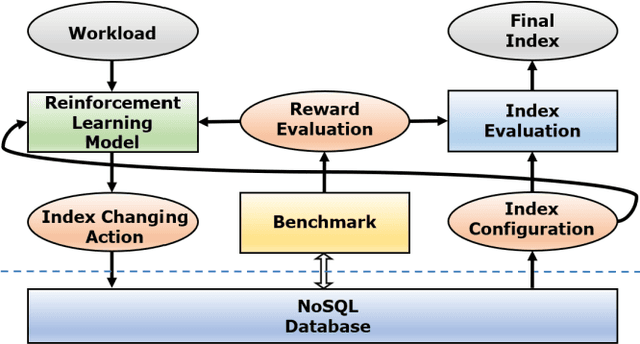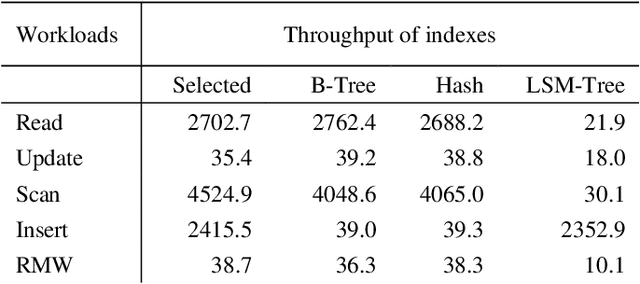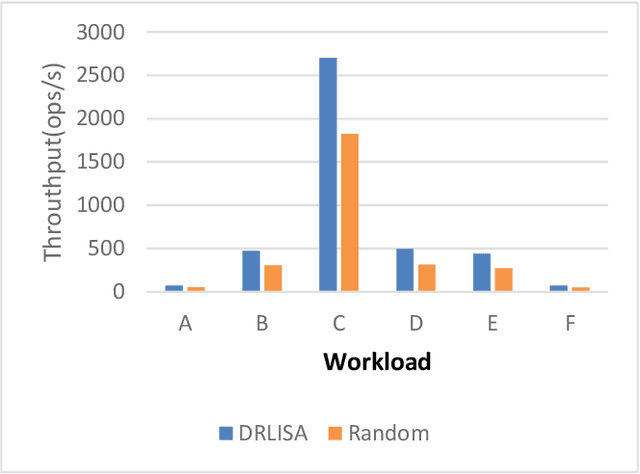Shun Yao
EVENet: Evidence-based Ensemble Learning for Uncertainty-aware Brain Parcellation Using Diffusion MRI
Sep 11, 2024



Abstract:In this study, we developed an Evidence-based Ensemble Neural Network, namely EVENet, for anatomical brain parcellation using diffusion MRI. The key innovation of EVENet is the design of an evidential deep learning framework to quantify predictive uncertainty at each voxel during a single inference. Using EVENet, we obtained accurate parcellation and uncertainty estimates across different datasets from healthy and clinical populations and with different imaging acquisitions. The overall network includes five parallel subnetworks, where each is dedicated to learning the FreeSurfer parcellation for a certain diffusion MRI parameter. An evidence-based ensemble methodology is then proposed to fuse the individual outputs. We perform experimental evaluations on large-scale datasets from multiple imaging sources, including high-quality diffusion MRI data from healthy adults and clinically diffusion MRI data from participants with various brain diseases (schizophrenia, bipolar disorder, attention-deficit/hyperactivity disorder, Parkinson's disease, cerebral small vessel disease, and neurosurgical patients with brain tumors). Compared to several state-of-the-art methods, our experimental results demonstrate highly improved parcellation accuracy across the multiple testing datasets despite the differences in dMRI acquisition protocols and health conditions. Furthermore, thanks to the uncertainty estimation, our EVENet approach demonstrates a good ability to detect abnormal brain regions in patients with lesions, enhancing the interpretability and reliability of the segmentation results.
Joint Edge Optimization Deep Unfolding Network for Accelerated MRI Reconstruction
May 09, 2024



Abstract:Magnetic Resonance Imaging (MRI) is a widely used imaging technique, however it has the limitation of long scanning time. Though previous model-based and learning-based MRI reconstruction methods have shown promising performance, most of them have not fully utilized the edge prior of MR images, and there is still much room for improvement. In this paper, we build a joint edge optimization model that not only incorporates individual regularizers specific to both the MR image and the edges, but also enforces a co-regularizer to effectively establish a stronger correlation between them. Specifically, the edge information is defined through a non-edge probability map to guide the image reconstruction during the optimization process. Meanwhile, the regularizers pertaining to images and edges are incorporated into a deep unfolding network to automatically learn their respective inherent a-priori information.Numerical experiments, consisting of multi-coil and single-coil MRI data with different sampling schemes at a variety of sampling factors, demonstrate that the proposed method outperforms other compared methods.
DeepRGVP: A Novel Microstructure-Informed Supervised Contrastive Learning Framework for Automated Identification Of The Retinogeniculate Pathway Using dMRI Tractography
Nov 15, 2022Abstract:The retinogeniculate pathway (RGVP) is responsible for carrying visual information from the retina to the lateral geniculate nucleus. Identification and visualization of the RGVP are important in studying the anatomy of the visual system and can inform treatment of related brain diseases. Diffusion MRI (dMRI) tractography is an advanced imaging method that uniquely enables in vivo mapping of the 3D trajectory of the RGVP. Currently, identification of the RGVP from tractography data relies on expert (manual) selection of tractography streamlines, which is time-consuming, has high clinical and expert labor costs, and affected by inter-observer variability. In this paper, we present what we believe is the first deep learning framework, namely DeepRGVP, to enable fast and accurate identification of the RGVP from dMRI tractography data. We design a novel microstructure-informed supervised contrastive learning method that leverages both streamline label and tissue microstructure information to determine positive and negative pairs. We propose a simple and successful streamline-level data augmentation method to address highly imbalanced training data, where the number of RGVP streamlines is much lower than that of non-RGVP streamlines. We perform comparisons with several state-of-the-art deep learning methods that were designed for tractography parcellation, and we show superior RGVP identification results using DeepRGVP.
3D Shapes Local Geometry Codes Learning with SDF
Aug 19, 2021



Abstract:A signed distance function (SDF) as the 3D shape description is one of the most effective approaches to represent 3D geometry for rendering and reconstruction. Our work is inspired by the state-of-the-art method DeepSDF that learns and analyzes the 3D shape as the iso-surface of its shell and this method has shown promising results especially in the 3D shape reconstruction and compression domain. In this paper, we consider the degeneration problem of reconstruction coming from the capacity decrease of the DeepSDF model, which approximates the SDF with a neural network and a single latent code. We propose Local Geometry Code Learning (LGCL), a model that improves the original DeepSDF results by learning from a local shape geometry of the full 3D shape. We add an extra graph neural network to split the single transmittable latent code into a set of local latent codes distributed on the 3D shape. Mentioned latent codes are used to approximate the SDF in their local regions, which will alleviate the complexity of the approximation compared to the original DeepSDF. Furthermore, we introduce a new geometric loss function to facilitate the training of these local latent codes. Note that other local shape adjusting methods use the 3D voxel representation, which in turn is a problem highly difficult to solve or even is insolvable. In contrast, our architecture is based on graph processing implicitly and performs the learning regression process directly in the latent code space, thus make the proposed architecture more flexible and also simple for realization. Our experiments on 3D shape reconstruction demonstrate that our LGCL method can keep more details with a significantly smaller size of the SDF decoder and outperforms considerably the original DeepSDF method under the most important quantitative metrics.
Index Selection for NoSQL Database with Deep Reinforcement Learning
Jun 16, 2020



Abstract:We propose a new approach of NoSQL database index selection. For different workloads, we select different indexes and their different parameters to optimize the database performance. The approach builds a deep reinforcement learning model to select an optimal index for a given fixed workload and adapts to a changing workload. Experimental results show that, Deep Reinforcement Learning Index Selection Approach (DRLISA) has improved performance to varying degrees according to traditional single index structures.
 Add to Chrome
Add to Chrome Add to Firefox
Add to Firefox Add to Edge
Add to Edge